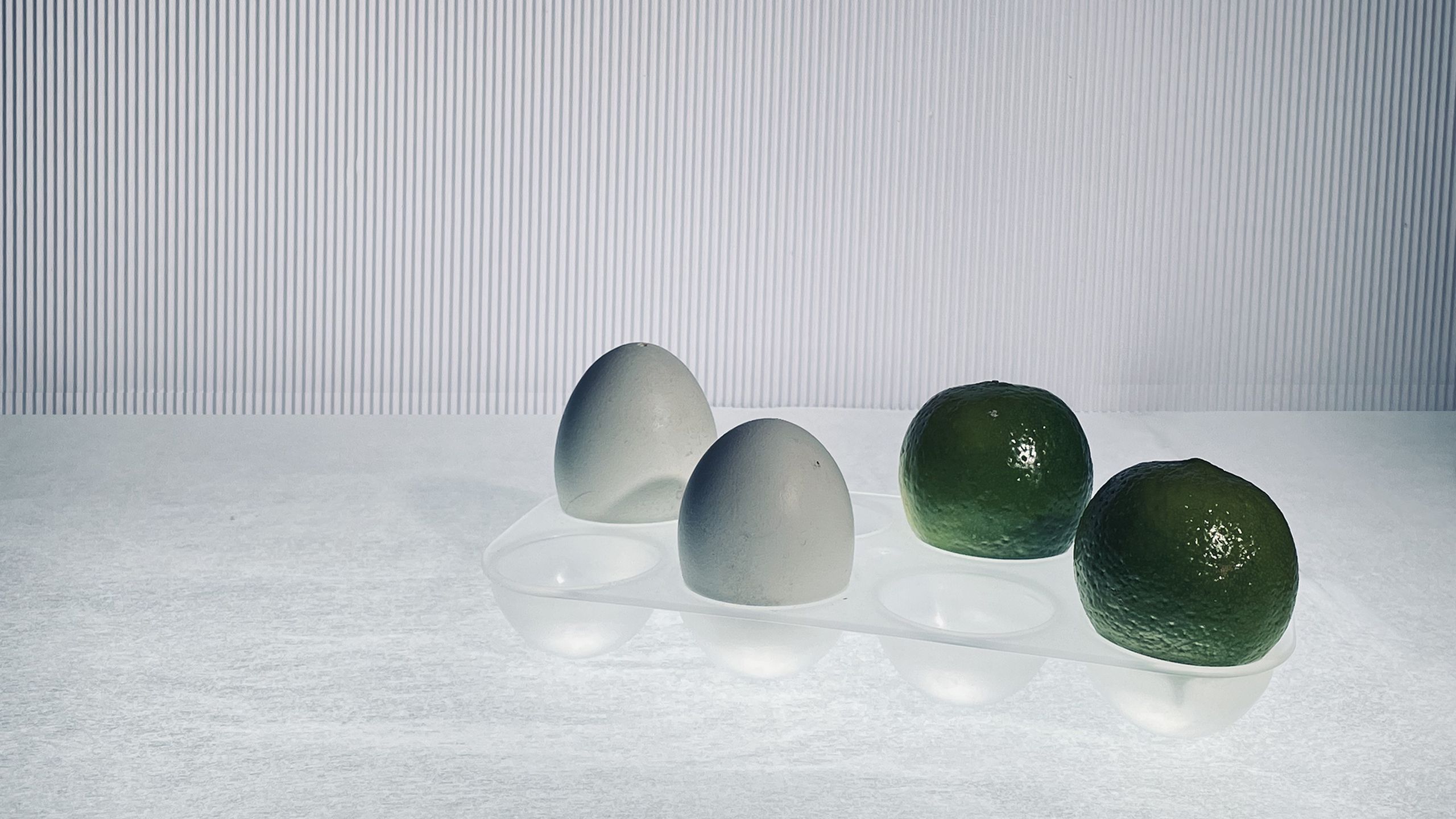Fridge Confidential :
On choices, family & feeding

“In the India of the nineties, the refrigerator’s minimal sculptural vocabulary became the icon for industry and home makers raising questions about modernity, environments and most importantly choices.”
On a warm summer evening in July 1991, my parents gathered around the small television in our living room. The annual budget was a much anticipated broadcast and this year felt restless and yet no different from those before.
As Dr. Manmohan Singh, the architect of that year’s budget read his plan. “There is no time to lose. A reformed price system can be a superior instrument of resource allocation than quantitative controls. But markets can only serve those who are part of the market system.” he said. Customs duties were lowered from a whopping 220% to 30% and foreign investments and import of goods were opened up, sweeping a liberal hand through monopolies that suffocated the young nation state for many decades. The Foreign Exchanges Regulation Act of 1977 had quickly made India unattractive for international brands. From large IT players like IBM to food players like Coca Cola left India high and dry.
A simple bar of Toblerone butting in the fridge meant you had a kind visitor from abroad. Well, having a fridge itself was a luxury- Not only did people have money to buy a fridge, they had surplus food to keep in the fridge. As the license controls of an era, rightfully monikered Licence Raj were uncapped, the nation seemed to have another tryst with destiny.
As a young generation growing up in this latitudinarian India, the blooming of its merchantry seemed to mirror our own. The remarkable thing about being an adult in the nineties meant experiencing and contributing to this liberal aura of consumerism. Bollywood showed us tender love ballads dreamt in Switzerland and dandy actors dazzled the silver screen eating pizzas and gulping colas, defining the new cool for us. The possibilities that came with growth were everywhere - new foods graced the shelves of newer supermarkets in cities, faster mobility came with Japanese joint ventures. Families traveled abroad, bringing new tastes, while others learned to surf the virtual world on their personal computers. By the end of the decade many migrated to America to solve the millennium bug, or settled down to birth millennials

The domestic domain saw irreversible impact; the home kitchen becoming its epicentre, absolving culture and change into a cool smoothie. Women, with a foot here, and another in the big world beyond made choices critical to raising and feeding families. In a curious way, what they put into their fridges in the nineties shaped consumerism and conventions for millennials. The fridge was a practical tool for some, a case of display for others, an aspirational luxury for many more.
In the India of the nineties, the refrigerator’s minimal sculptural vocabulary became the icon for industry and home makers raising questions about modernity, environments and most importantly choices.
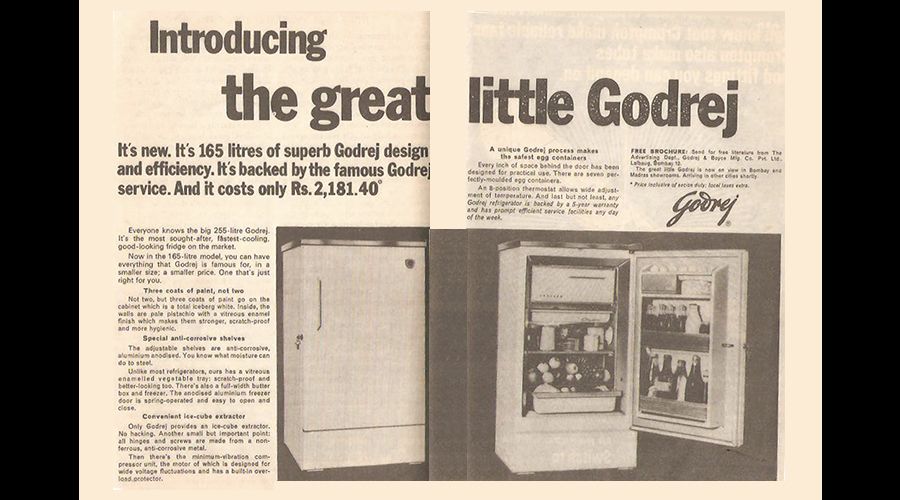
What then, did women put into their fridges in the 90’s? Did the ubiquitous appearance of the appliance across India’s urban landscape change the way we cooked and ate? Food is a marker of social change, a sensorial journey through the linear path of capitalism and the habitual loop of rituals.
Some stories are best said in their own voices. Five women, variously oriented to family and work, tell me how the fridge marked different stages of their adulthood in the nineties - a decade in India that shaped information and vision, defining their choices.
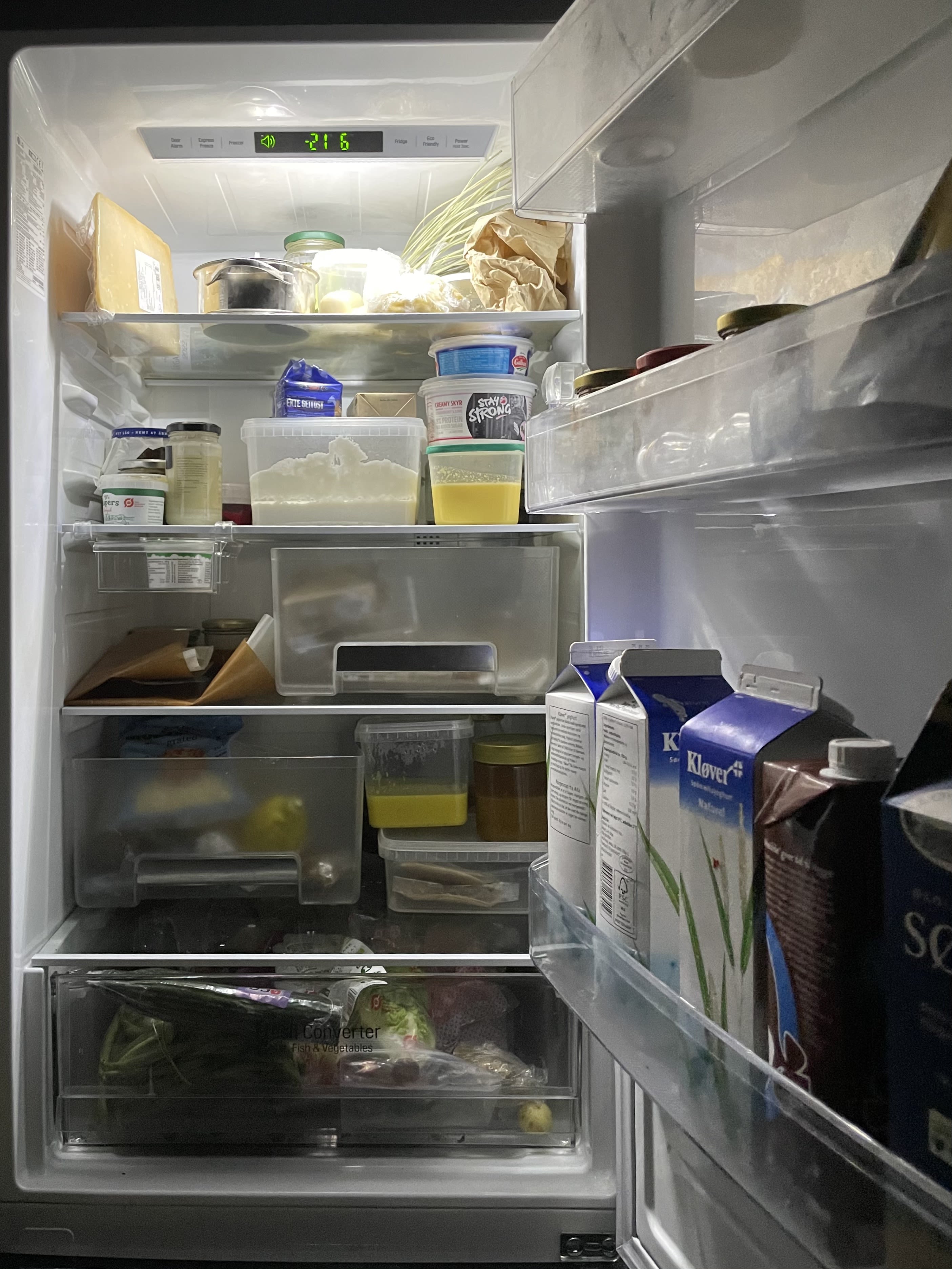
In 1994, Sujata Sadr and her Iranian husband were raising two young children and owned a cafe in New Delhi.
“There was no time, you see. I would buy meat once a week on a Sunday and I always made dishes with meat and vegetables put together, in a very Iranian way. In one pressure cooker, I would put a packet of meat, a packet of masala and some vegetables, add water and close it up. And children would be fed. We didn't really have the support of family as they were growing up so a lot had to be done when we all came back home.
When we bought our small flat in Delhi, the fridge came first (over the TV) . Milk, curd, fruits, vegetables all went into the fridge. And meat of course. I knew many butchers really well and they would cut and carve the meat for me and I made little packets of translucent plastic and I would make portions for single use. I made a precooked masala in small roundels and stored them in the fridge."
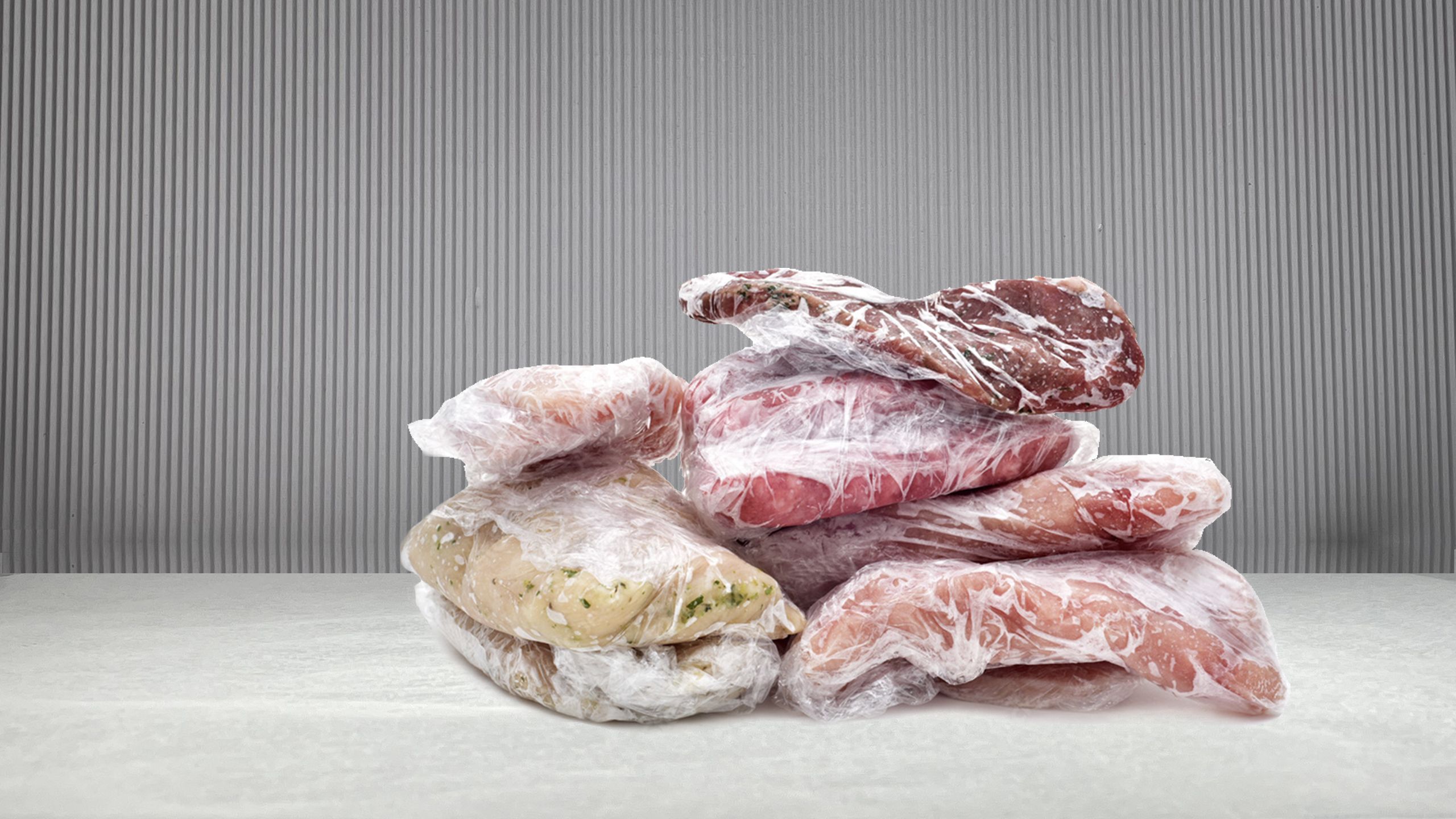
Iti Misra is a stylish rising culinary star and eloquent octagenarian I met through a mutual friend. In 1995, Iti, then 56, was mum to two adults, and had just started working with British Airways in Kolkata.
"Interestingly, at that time, different kinds of foods were not easily available in India. Every time I went abroad I had to bring back cheese, bacon, sausages, instant sauces, jams etc, for the children. For them it was very exciting. We had a diverse home kitchen and in my fridge you would find thai curry paste, dried shiitake, Wall’s sausages, Knorr soups which, living in India, was truly special.
"We had a German shepherd and she was fed beef everyday. The cook would buy the meat in the morning and cook it and the dog would have it for lunch. In fact on Thursdays meat shops were closed in the market, and the poor dog turned vegetarian for the day on mum’s insistence. My Mum simply said, ‘I don’t know, I’m not going to be able to argue that. But no beef in my fridge. No is a no.’"
I was privileged in the sense that I didn’t cook. I had someone to cook for me. So my having a career and having a home was nothing like you would imagine an American or British lady would have to do. I just had to supervise my kitchen, not at the risk of sounding elitist. We had cooks and help live with us and one thing we always did was make sure they all ate well. So nothing was ever leftover. Whatever we didn’t finish, they did.
A lot of people didn't have smokeless kitchens. The question of having chimneys was out of league, So many of us never kept a fridge in the kitchen for fear of discolouring it. The top of my fridge is a parking place - it's a great storage place for extra ice trays, serving trays and baking tins.
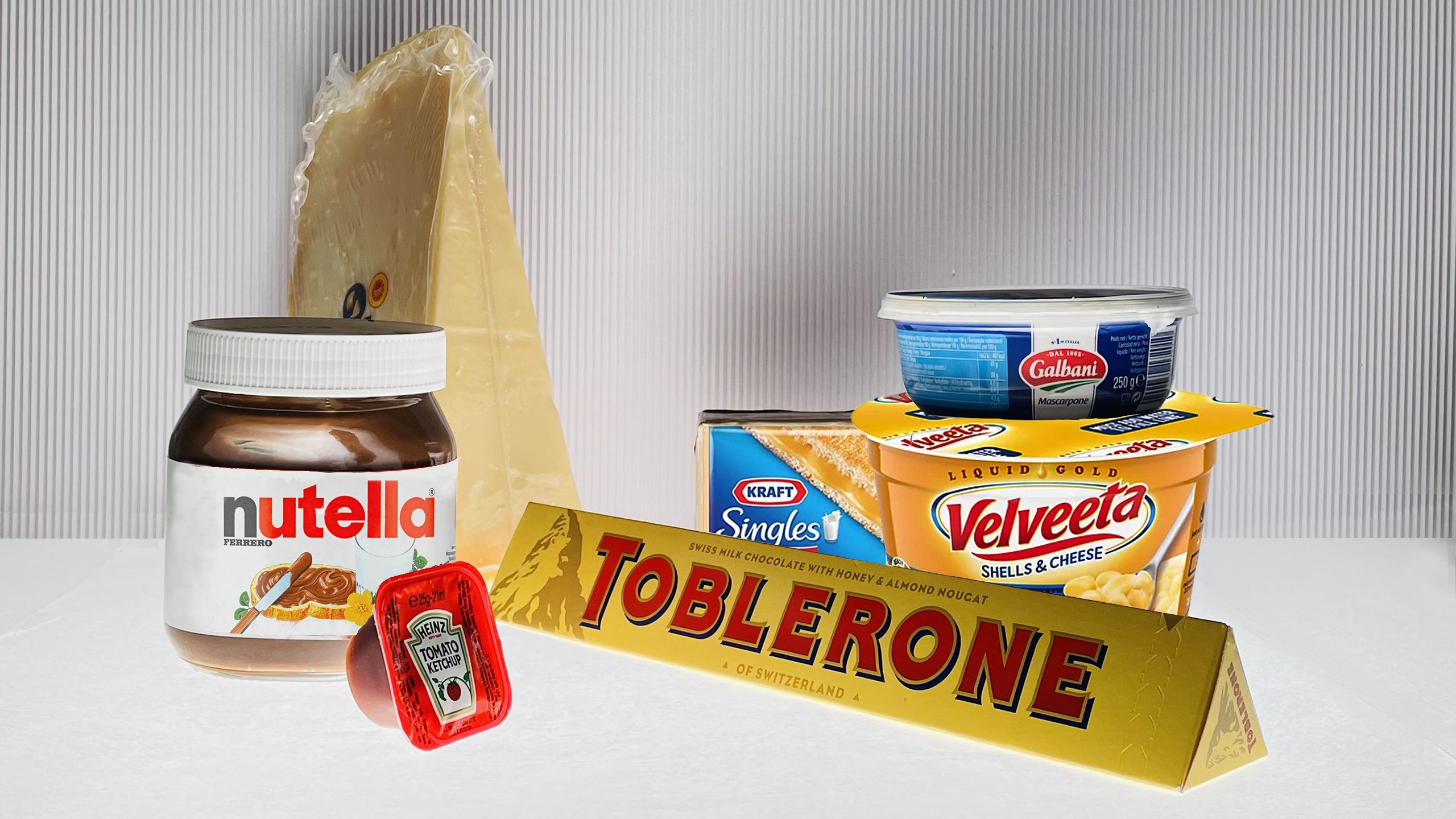
In 1992, Gloria, 27, lived with her two children in Dharavi , one of India's largest slums in the heart of Mumbai. My grandparents had adopted her family and remained her benefactors until the end of their lives.
“Your grandmother gave us their used fridge in 1994; this was my first fridge. I had never used one before. It was a big challenge bringing it into our home in Dharavi as the lanes leading into the area are narrow. Our home had an electricity connection so we could use the fridge right away. All our neighbors in the street came home to see the fridge.
At first the fridge fluctuated a lot and stopped working. We were disappointed, but then one of our neighbors who was an electrician told us to buy a stabilizer. Do you know what this is? It was a box kept on top of the fridge and connected between the device and the mains line.
One of my friends asked me if she could store some insulin vials in my fridge. Her mother-in-law was very diabetic and they found it very hard to keep the insulin in a cool place. I used the fridge to keep milk and some yogurt for the children. The fridge was big for us. I kept some vegetables occasionally, not too often. With small children at home we hardly had leftovers. In the summer it was nice that we could get cold water and some ice cubes. It was really special to treat my guests to that whenever possible.”

In 1998, Seema, 36, worked in a textile factory where I first met her. She had just divorced and lived alone in Noida. Living in the capital region
“My husband and I lived in a small flat in Noida. We owned a shiny red second-hand Godrej fridge that I liked. The summers in Delhi are so hot and it’s nice to have some cool water to drink. I could keep juices and chocolates in it too. My husband divorced me in 1997 and I was left without an apartment or fridge. I lived in a smaller accommodation by myself, and my boyfriend who was married with three children visited me occasionally.
I was introduced to Tupperware through my mother’s cousin. I had to organize kitty parties and show other ladies how useful these colorful boxes were. Tupperware was new in India, they had just launched a Fridge Range with jugs, tumblers, boxes and bowls. Selling Tupperware changed my life - I could keep my job at the textile factory and sell Tupperware in my spare time. It can be really hard to be single and divorced here. I sold so many in the first year in my neighbourhood that I was given a special prize.
While I myself did not have a fridge anymore, I could see how these boxes could be very useful for women like me, especially those with joint families and young children. ”
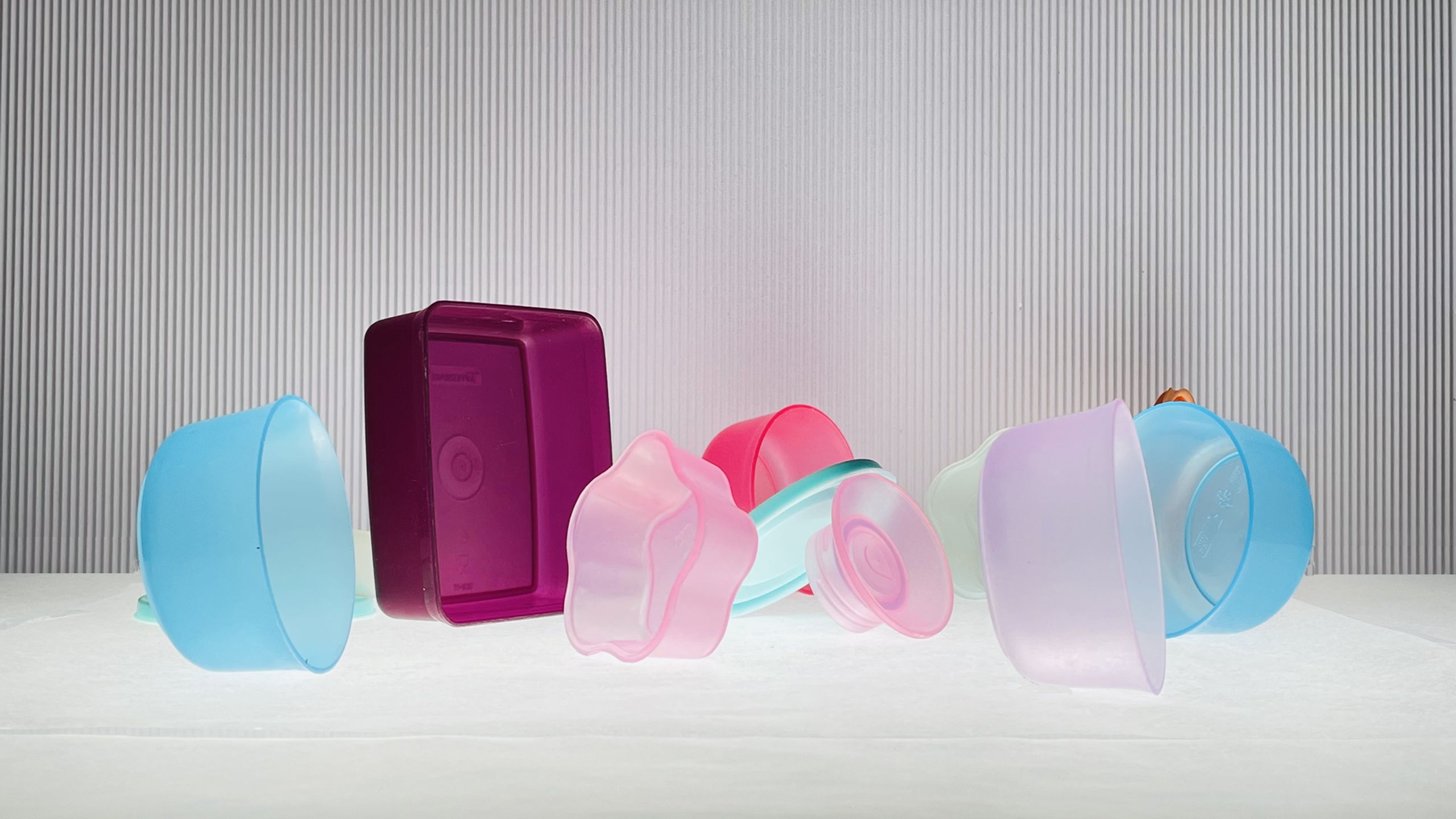
Vidya lived in a multigenerational family and worked as an executive with American Express in New Delhi in 1996. For her, traditions and change played in tandem as the family navigated new tastes, tackled taboos and made choices.
"I never cooked. I never cooked in my life till I was forced to. And that was when my mom had a double knee operation. I stepped in to help in the kitchen. The kitchen was a shared space between three, sometimes four generations. I used to work crazy hours, and home was just a place to come back to sleep.
We had a very old functional Voltas fridge from one of my aunts. When it conked off, it was relegated to being a cupboard because it was a good-looking fridge! We put books into it.
My memories of the fridge are only for water, milk, and curd. It was amazing that you wouldn't buy veggies for more than two days at a time. Even though you had a fridge, it was not yet considered something to keep them fresh. There was no concept of cooking and keeping for a few days. That's a practice my parents followed till their end of life. Friday nights were Rajma nights. I cannot recall it being saved up in the fridge. It was always made in the correct quantity; if it got left over, we would share it with our domestic help.
We never had any frozen foods in the freezer. Like never. Ice creams, yes, but never frozen foods. The one thing the fridge was used for was the Sunday night ritual of making fruit custard.
When my sister-in-law joined our family in the 90s, she made new foods for my nieces. Pizzas, pastas, macaroni, and cheese became available in Delhi. Her children, exposed to these new ideas at school, also wanted a taste of it at home. So cheese and various juices got added to our fridge. Roohafza and ice were summer staples.”
